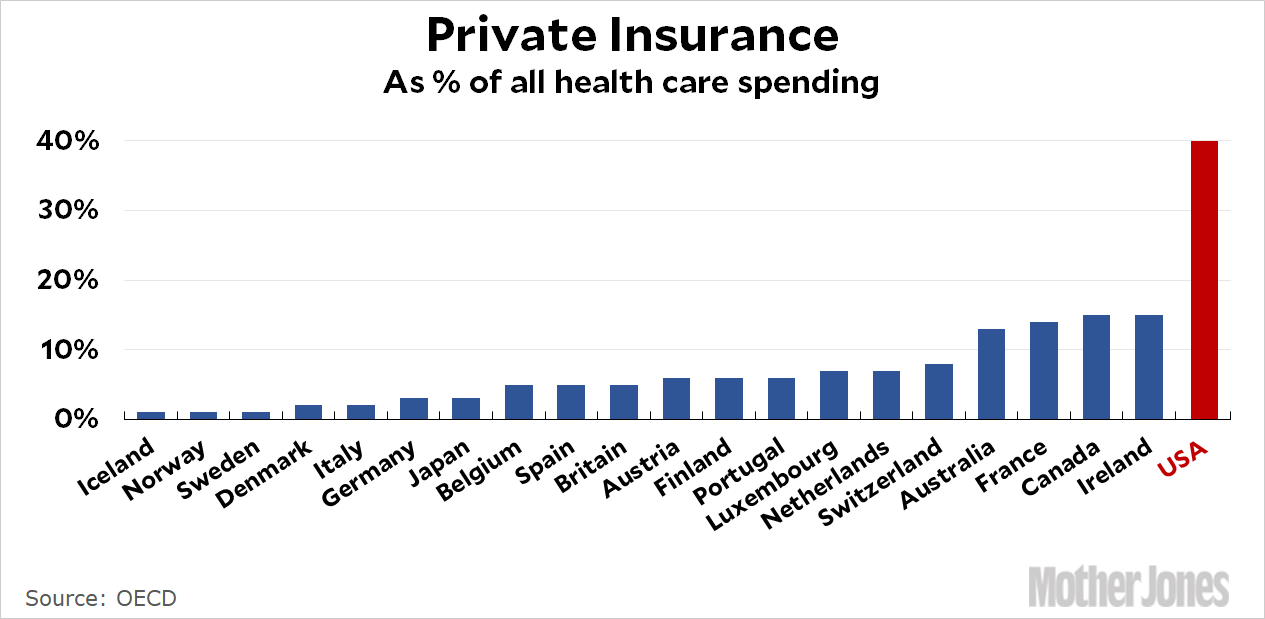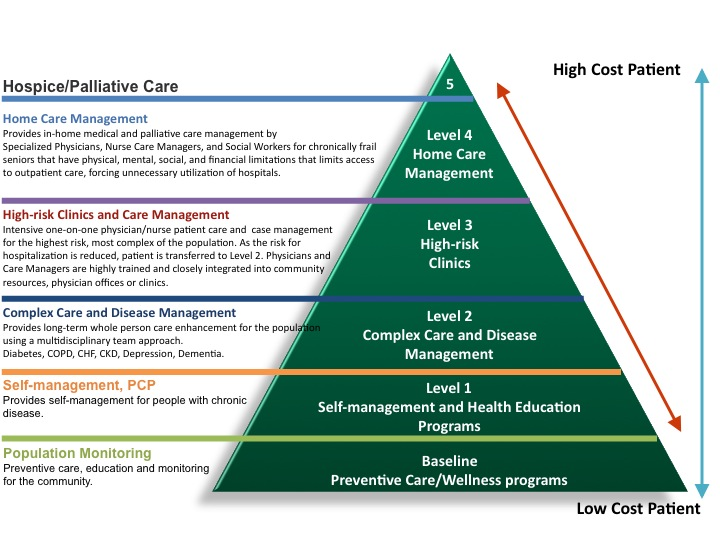They can motivate healthy habits, but other elements put in higher influences on diet, exercise, sexual habits, alcohol and other drug use, and needle exchange practices (Woolf et al., 2011). Pediatricians can advise moms and dads to protect their children in vehicle seats, however they can not manage motor car crashes. Physicians can evaluate for and deal with anxiety and be alert for self-destructive ideation and signs of household violence but they have limited impact on the occurrence of guns or the social conditions that precipitate criminal offense and violence.
health drawback to shortages in the public health or medical care system is that nations with much better health results do not have constant proof that their systems carry out much better. In some nations, patients are more likely to report issues. For instance, Sweden regularly ranks among the healthiest nations in the OECD, however, in the Commonwealth Fund surveys, its clients were most likely than U.S.
Sweden has high hospitalization rates for uncontrolled diabetes (Figure 4-4). In 2007, Switzerland had the highest male life expectancy amongst the 17 peer nations (see Table 1-3, in Chapter 1), however the schedule of basic practitioners is the second lowest (see Figure 4-1). Australia has the 2nd highest male life expectancy of the peer countries (see Table 1-3, in Chapter 1), but it has the fifth greatest case-fatality rate for ischemic stroke (OECD, 2011b).
Various possible descriptions might account for these inconsistencies. The simplest is that treatment matters little to health, a thesis that some have actually advanced as part of a more basic argument that health is shaped mostly by the social and physical environment. Certainly, some research studies have actually already questioned whether there is particular evidence to link the healthcare system as the cause of the U.S.

A second possibility is that healthcare does matter but that just certain elements affect results. For instance, deficiencies in mammography screening or printing medication lists may not matter, and countries with consistently superior health results might master the elements of health care that are consequential. Health care might also matter more in particular locations http://remingtonwnuw079.wpsuo.com/some-of-what-is-the-republican-health-care-plan or for particular client populations.
The Only Guide for How Much Would Single Payer Health Care Cost
Longer life expectancy and enhanced health is most likely traceable to some mix of health system characteristics and these other individual and community conditions, but the specific contribution of each factor is unidentified and may differ over place and time. A life-course point of view adds additional intricacy to the analysis due to the fact that differences in health results may relate not only to contemporaneous characteristics of health systems, but also to those that existed years earlier when present conditions or diseases were establishing.
For such conditions, shortages in medical care in the 1970s and 1980s may discuss present death rates much better than the functions these days's health systems. The current health system matters more for care conditions that lead straight to health results, such as birth results and survival after a vehicle crash or gunshot wound.
health system might contribute to or ameliorate the U.S. health disadvantage. Similar international information for significant inferences require better data on both dependent (health results) and independent variables (health systems). Although information from the OECD and WHO provide some relative info on a handful of health system Alcohol Rehab Center steps, these are much like the secrets under the lamppost.

Few indicators for examining the numerous measurements of healthcare have been developed or gone through appropriate clinical recognition. In particular, questions used on surveys such as those carried out by the Commonwealth Fund, which are extensively mentioned in this chapter, have unknown correlations with health outcomes and may have variable meanings across countries - what is essential health care.
Some questions used by the Commonwealth Fund change from year to year; these changes offer new insights on health systems, however they make it challenging to compare outcomes across time. The Commonwealth Fund provides equivalent weight to each step; some weighting is most likely called for, but an empirical basis is doing not have to understand which qualities patients worth more extremely or are more predictive of health outcomes.
The Definitive Guide to How Much Would Single Payer Health Care Cost
In the very first significant attempt to rank health care systems, the WHO World Health Report 2000 introduced a ranking based on health achievement, equity of health outcomes, "patient responsiveness," and "fairness of monetary contributions" (World Health Company, 2000b). The U.S. health system ranked 37th based on this methodology, but the measures, methods, and data were criticized (Jamison and Sandbu, 2001; Navarro, 2002).
In 2008, WHO recognized 5 drawbacks in healthcare shipment that are found in systems all over the world: inverted care, impoverishing care, fragmented and fragmenting care, unsafe care, and misdirected care (World Health Company, 2008b). International health experts have actually not reached consensus on the optimal criteria for measuring and tracking the performance of national health systems.
The capacity of different countries to collect appropriate information and to do so systematicallyusing constant sampling procedures, data collection strategies, coding practices, and Alcohol Detox measurement intervals (e. g., yearly) is challenging for practical reasons and limited spending plans. To cite just one example, patient security indicators for medical facility care are not standardized across nations (Drsler et al., 2012).
International studies face methodological difficulties that present sampling predispositions. One example is study methodology: some studies have actually utilized a combination of landlines and mobile telephones to carry out interviews, and some nations have low response rates or mobile telephone use. Grownups with complex conditions, low income, or language barriers might be undersampled.
The research obstacles and priorities to resolve these gaps in the science are gone over further in Chapter 9, together with recommendations to fix the problem. Despite these restrictions, the existing proof is definitely sufficient for the panel to conclude that public health and medical systems in the United States have essential imperfections, a few of which appear to be more noticable in the United States than in other high-income countries. how to get free health care.
How To Take Care Of Your Mental Health Things To Know Before You Get This
The troubles Americans experience in accessing these services and getting high-quality care, as recorded in this chapter, can not be ignored as a potential factor to the U.S. health downside. 1Examples of main avoidance include smoking cigarettes cessation, increased exercise, administering immunizations to remove susceptibility to transmittable diseases, and assisting people avoid harmful environmental exposures (e.
Secondary avoidance consists of early detection of diseases and risk consider asymptomatic individuals (e. g., cancer and serum lipid screening). 2The bigger public health system includes not just public health agencies, however also public and personal entities included with food and nutrition, physical activity, real estate and transport, and other social and financial conditions that impact health (Institute of Medication, 2011e).
3The exact same studies approximate that in between 44 and 72 percent of the fall in death resulted from a decrease in cardiovascular danger aspects (smoking, lipids, and high blood pressure); see Chapter 5. 4Although a body of proof recommends that a large percentage of healthcare spending in the United States is related to lose and inefficiency (Berwick and Hackbarth, 2012), the high usage of health care resources may likewise be the product of the U.S.
